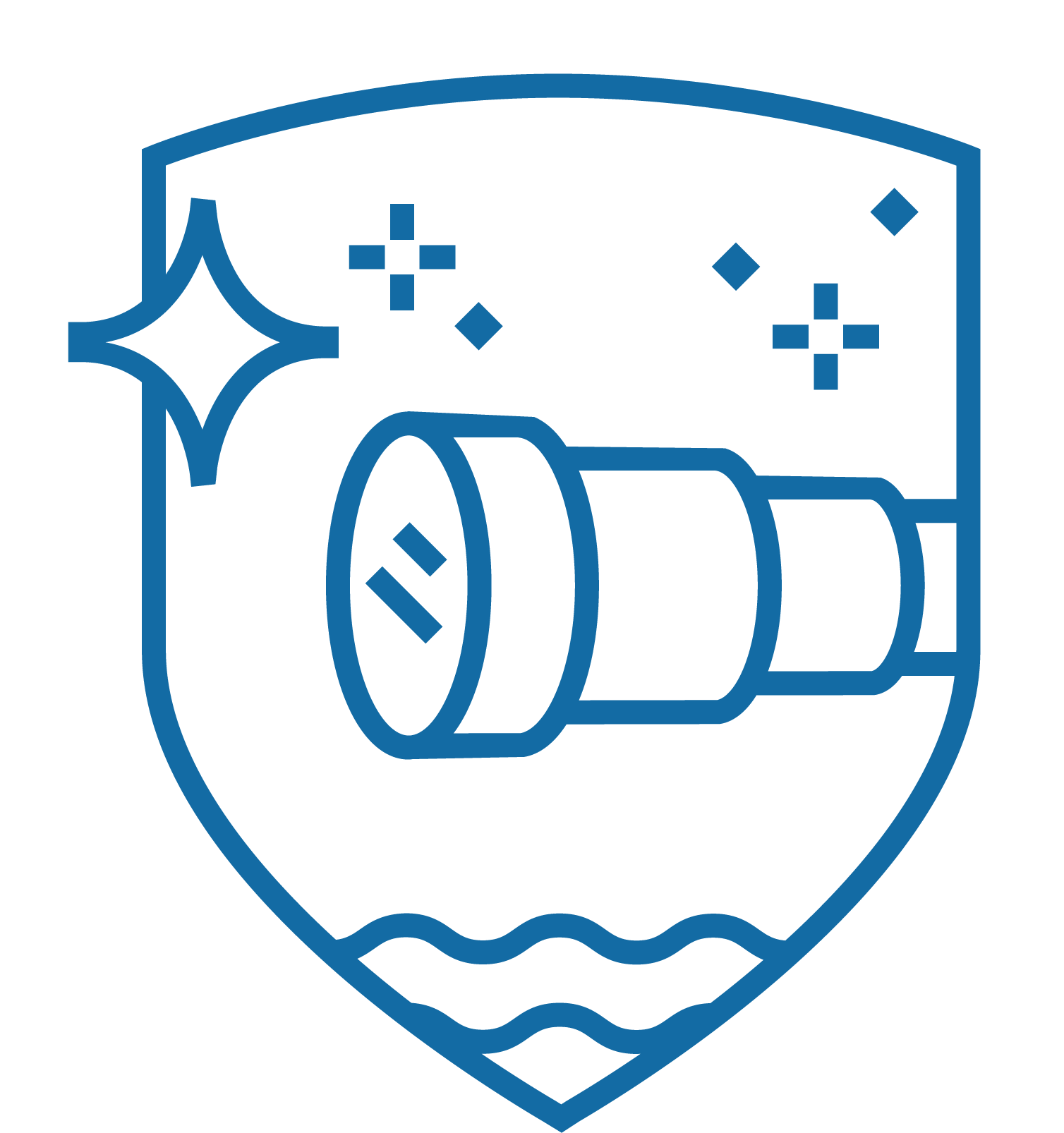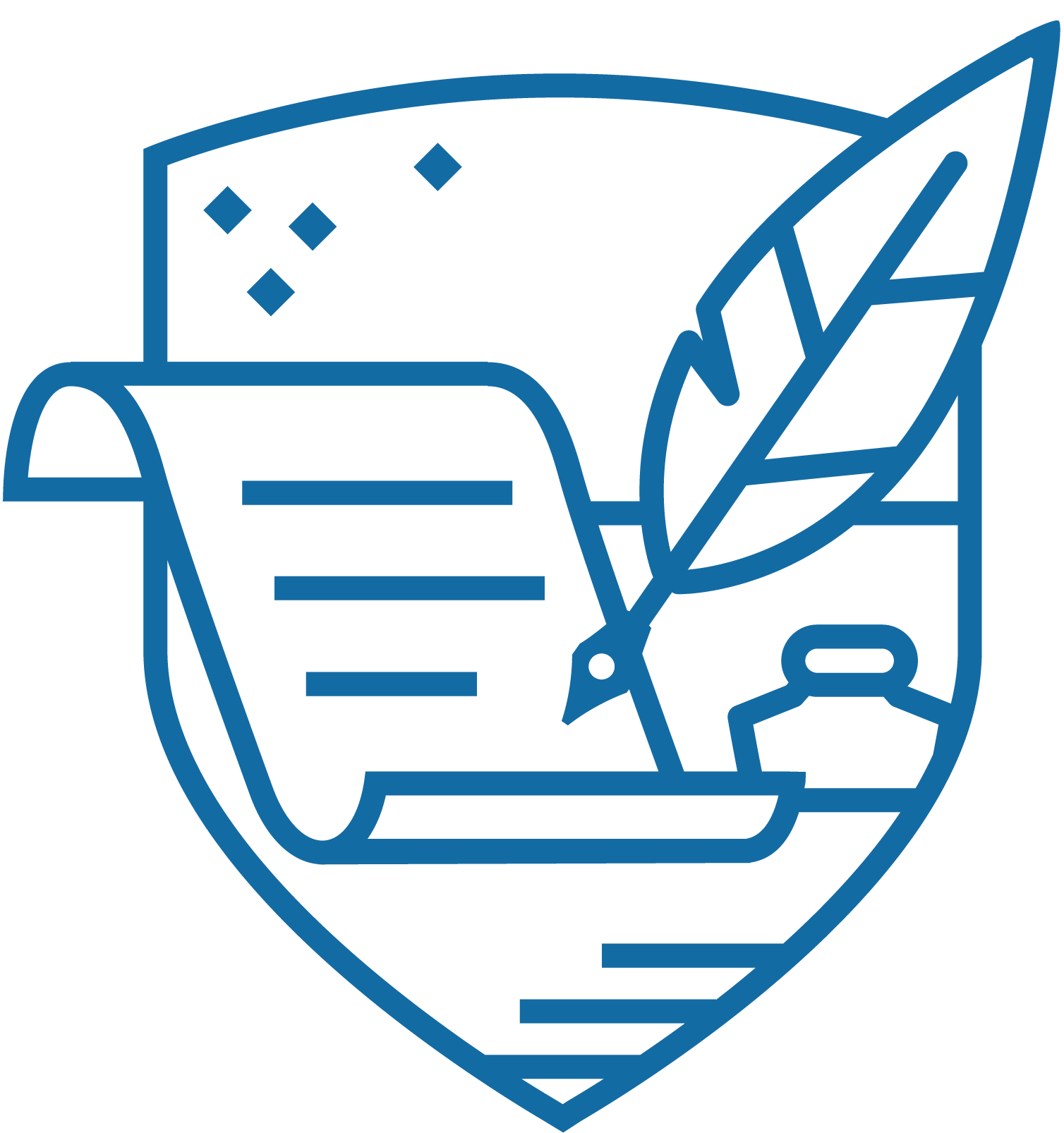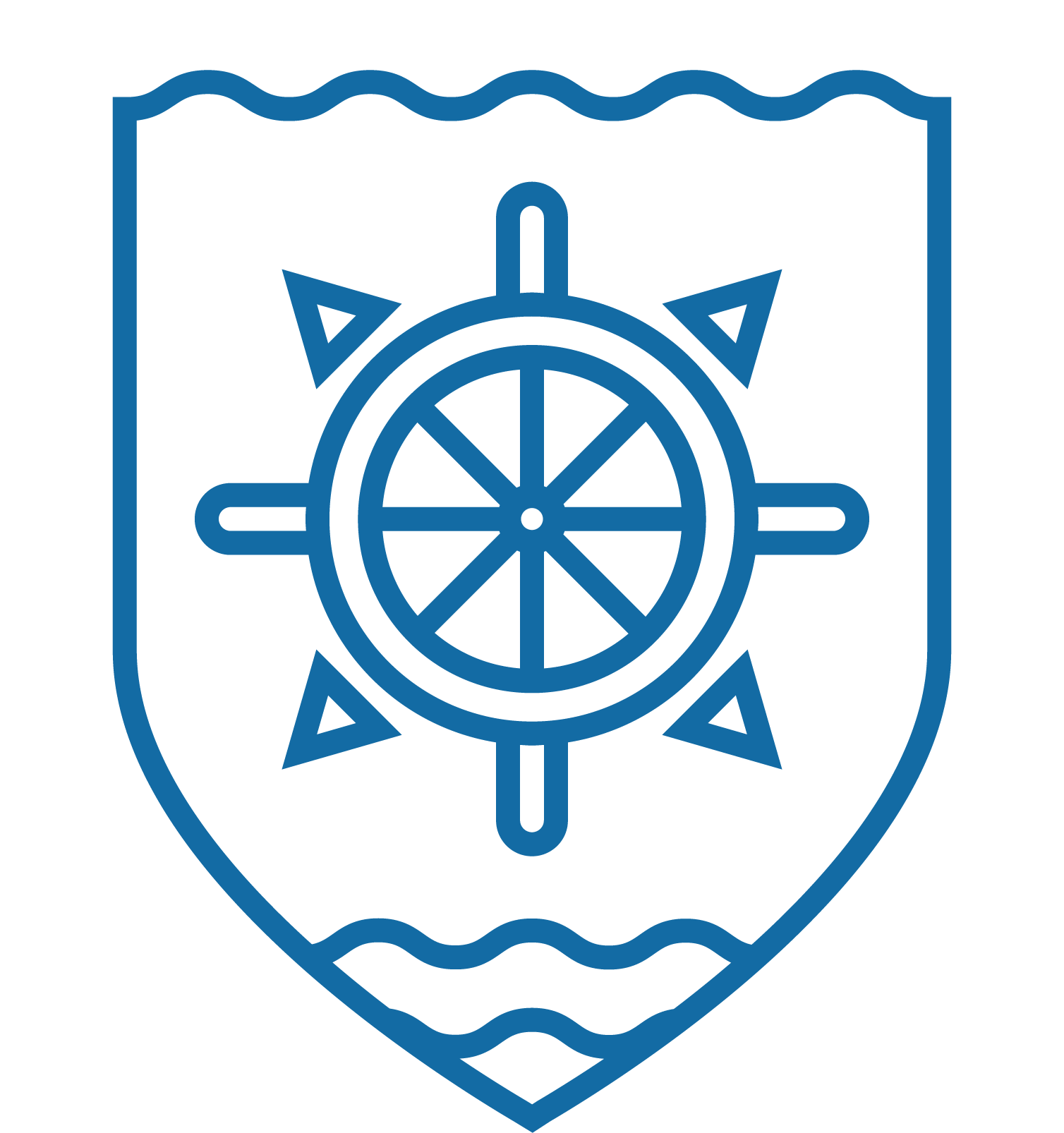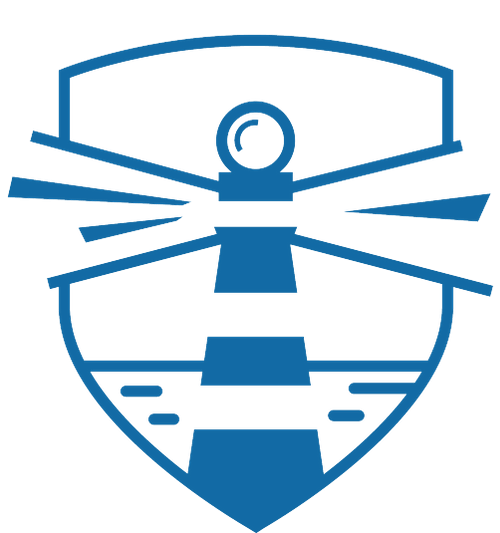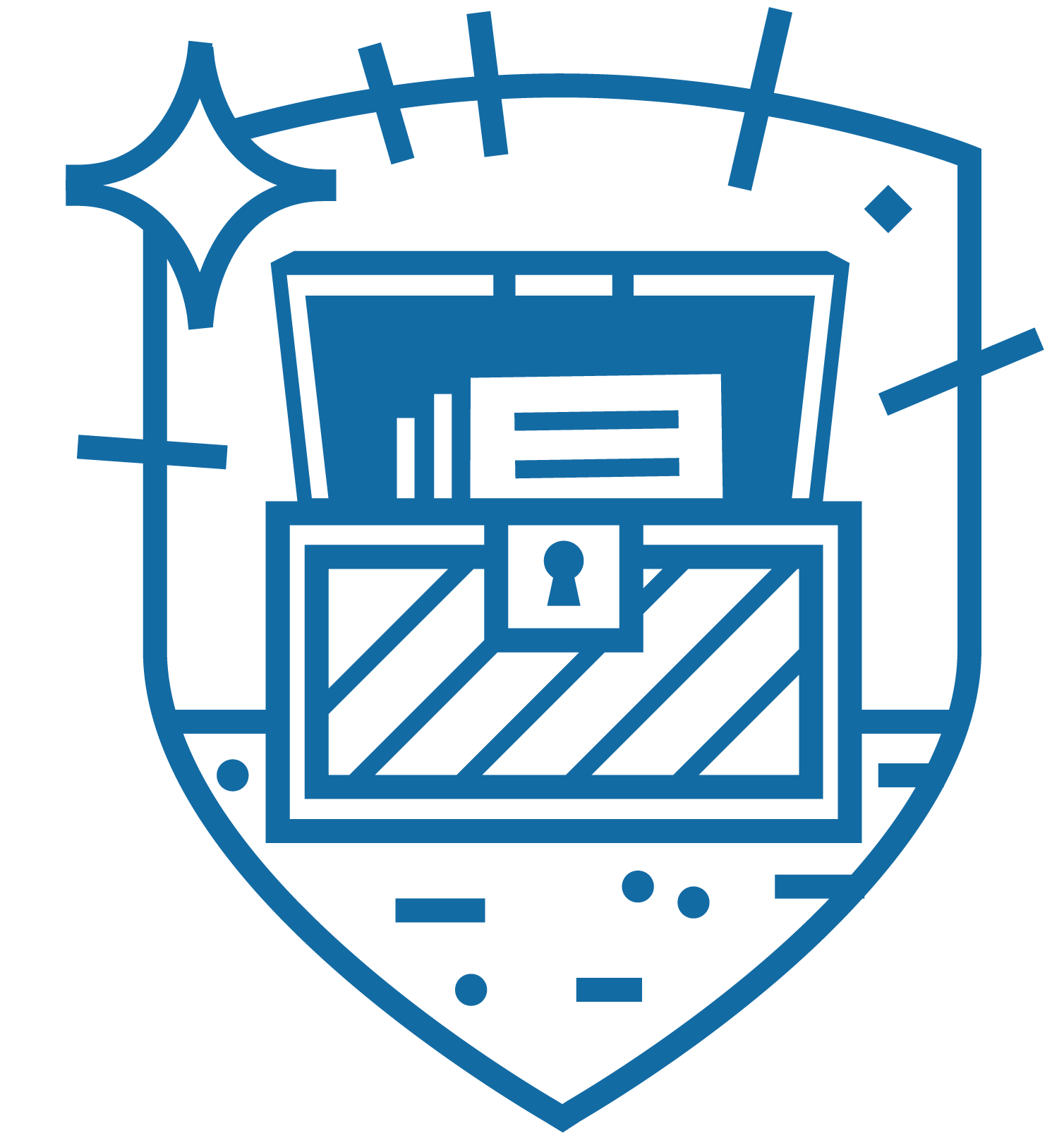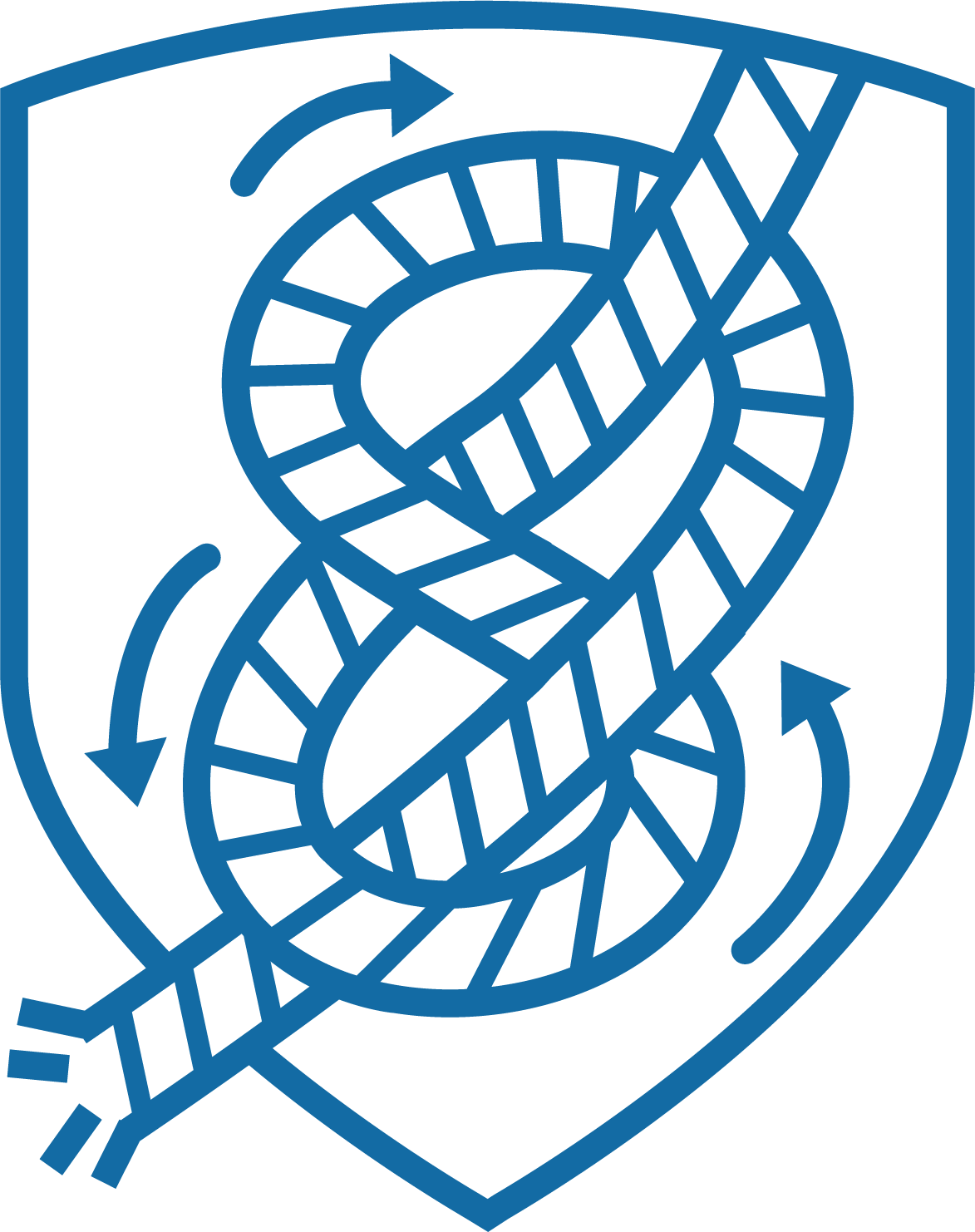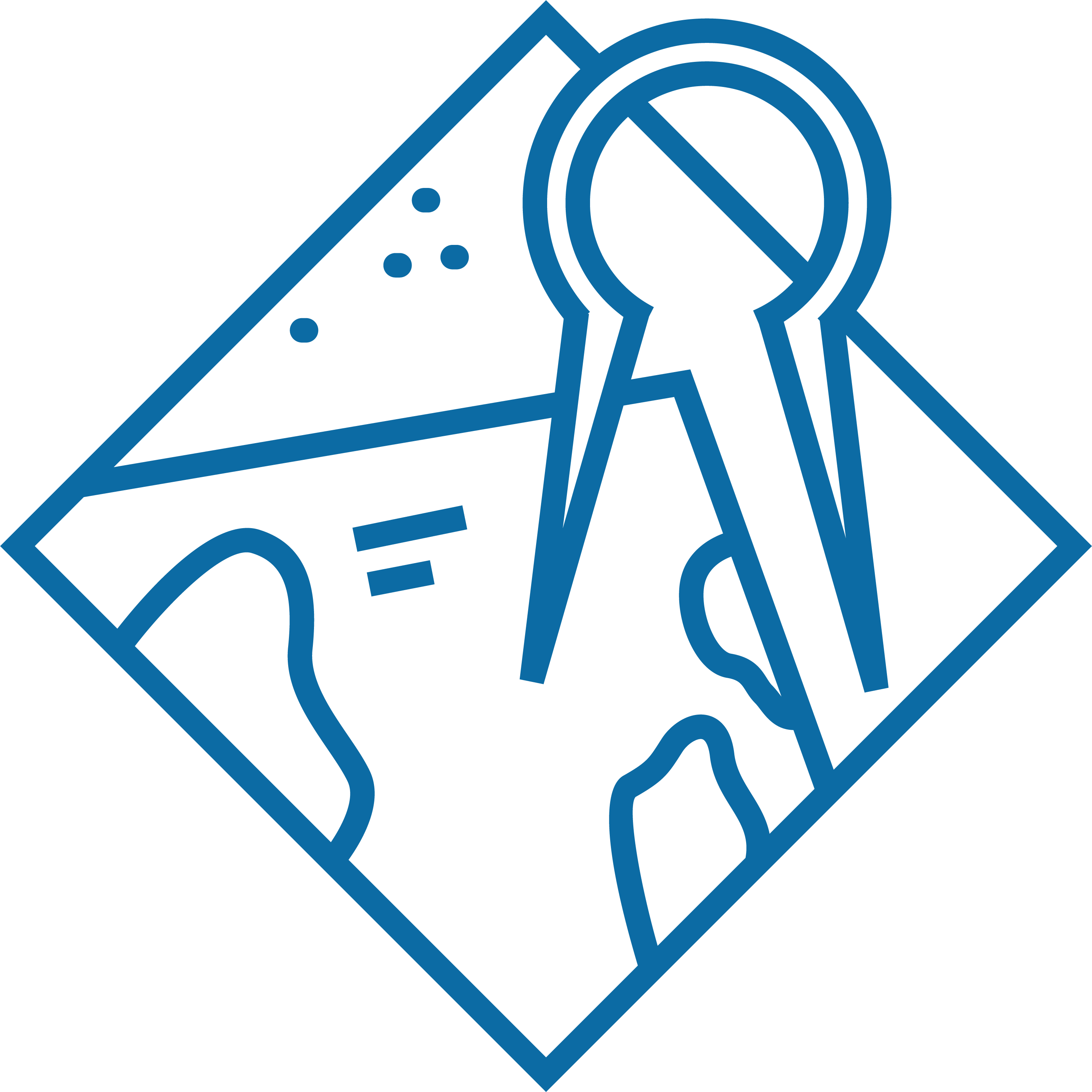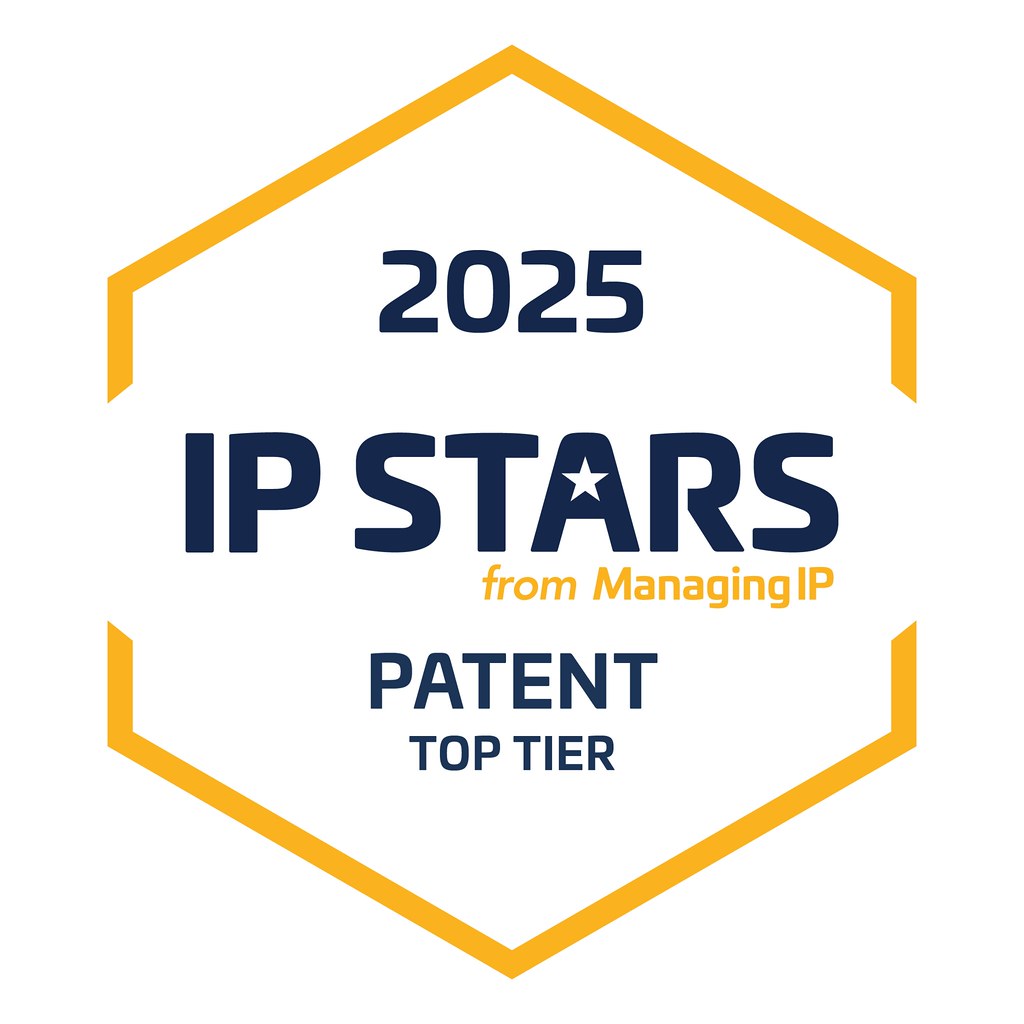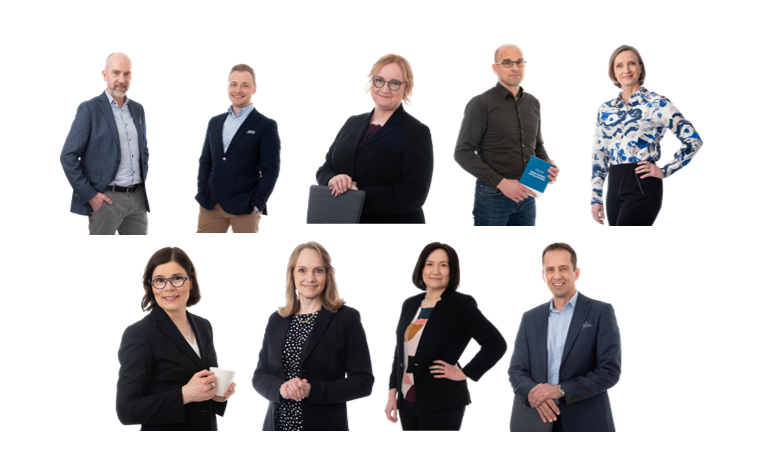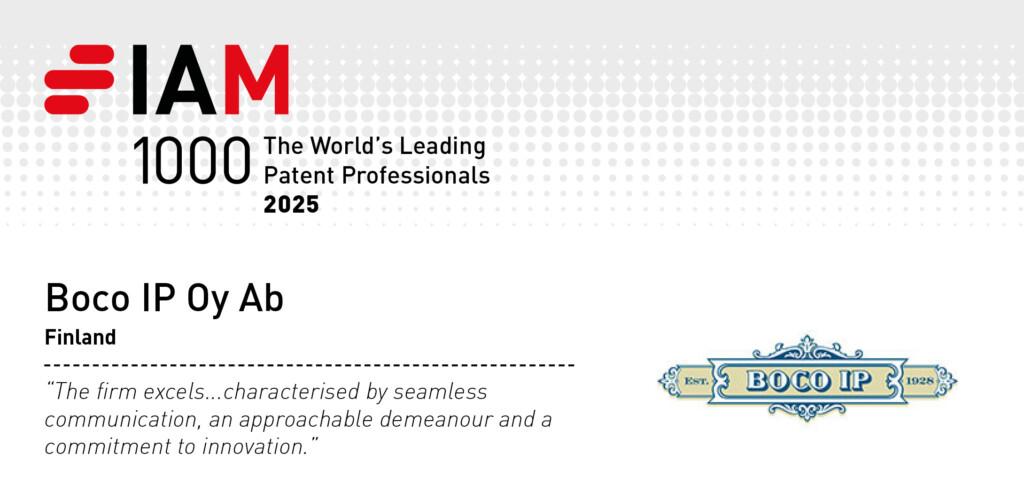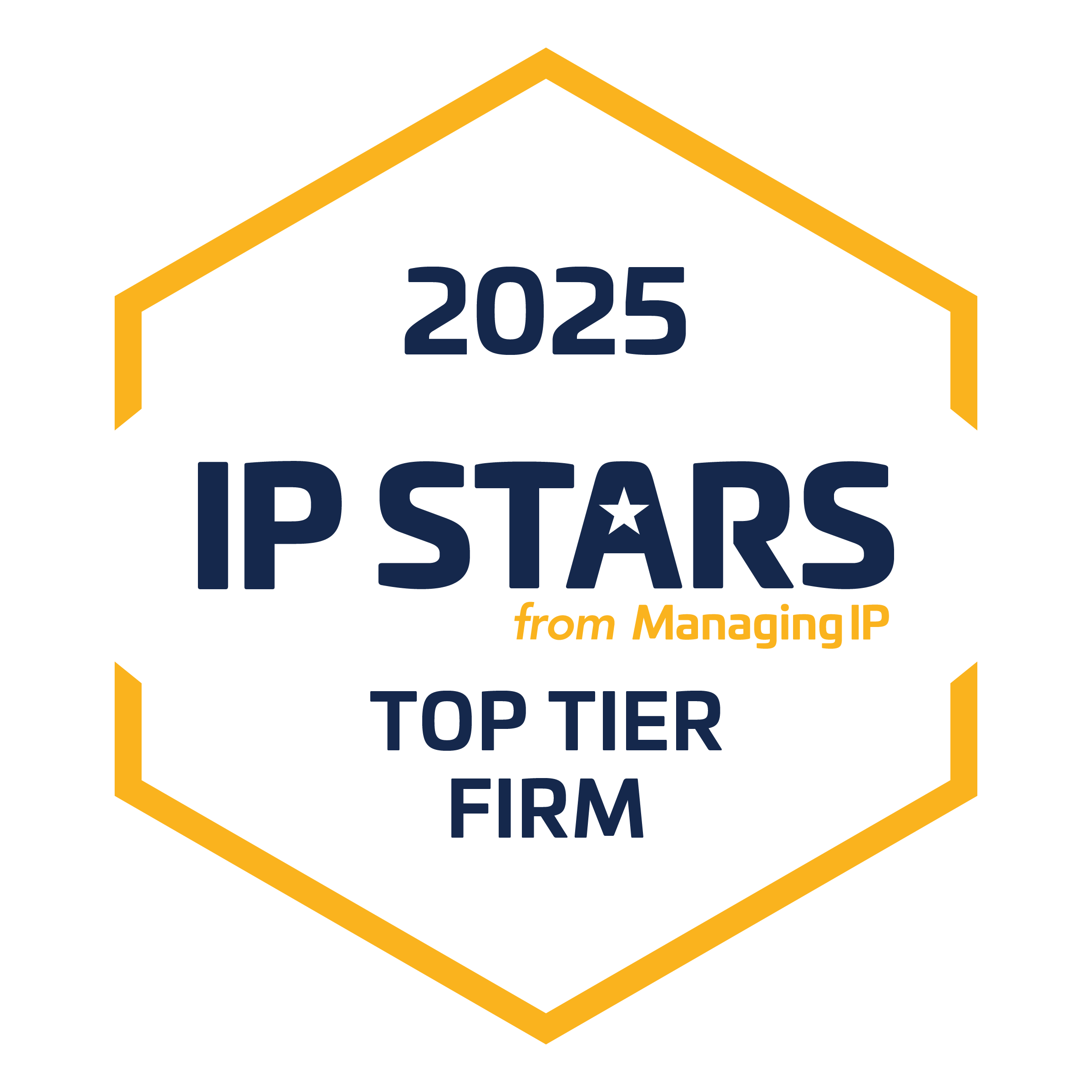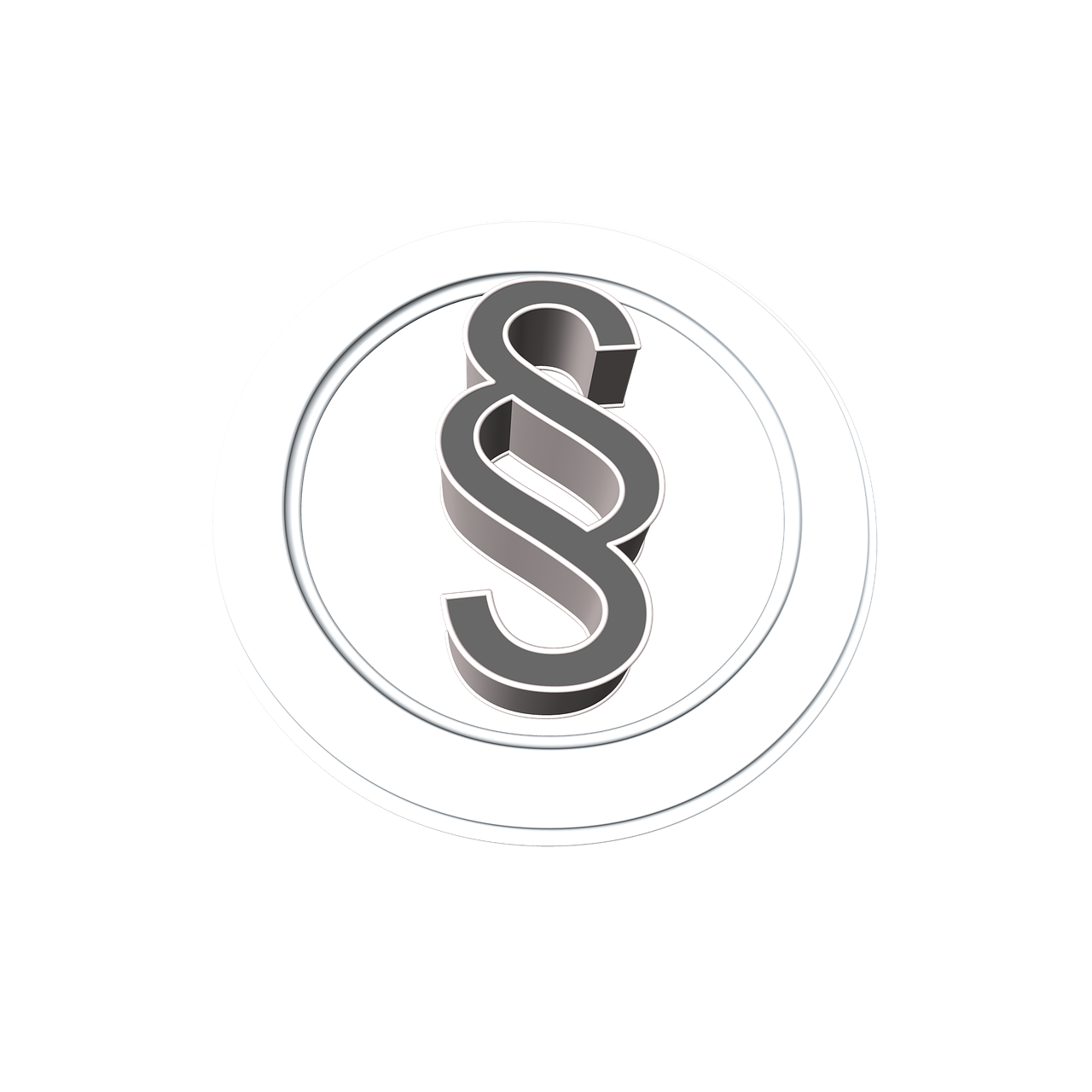This year’s rankings recognize Boco IP in Tier 1 for Patent Prosecution as well as for Trade Mark Prosecution – Patent & Trade Mark Attorney Firms in Finland. These accolades reflect the firm’s ongoing commitment to delivering high-quality IP services and innovative strategies tailored to clients’ needs.
The 2025 newest IP STARS rankings were published on June 30, covering 51 jurisdictions worldwide and evaluating firms across multiple categories, including patent disputes and patent prosecution. This edition marks a significant global benchmark with 875 firms ranked for their patent work, based on extensive research and peer feedback.Over 1,900 firms contributed to the research process by submitting comprehensive data on their patent and IP practices.
“We are honored to receive this continued recognition from IP STARS,” said Jonna Sahlin, Chairman of the Board and European Patent Attorney at Boco IP. “Our Tier 1 status underscores our team’s unwavering dedication to excellence and client success in all areas of IP protection.”
For more information, visit Finland – Jurisdiction Rankings | IP STARS.

